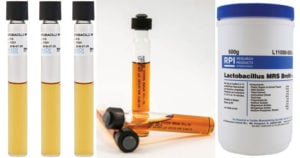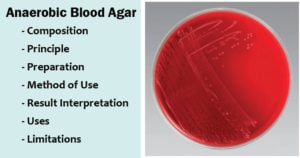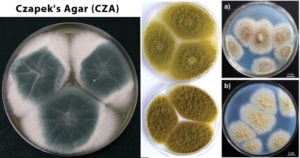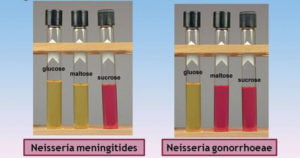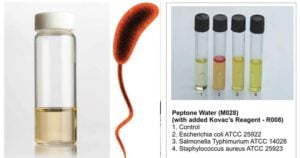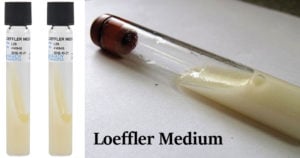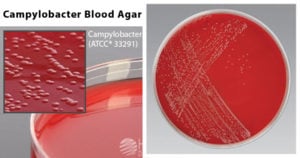Lactobacilli MRS Broth- Composition, Principle, Preparation, Results, Uses
Lactobacilli MRS Broth was developed by deMan, et al., to provide luxuriant growth of lactobacilli isolated from oral, fecal, and other specimen sources. Lactobacilli MRS Broth is an improved medium … Read more

